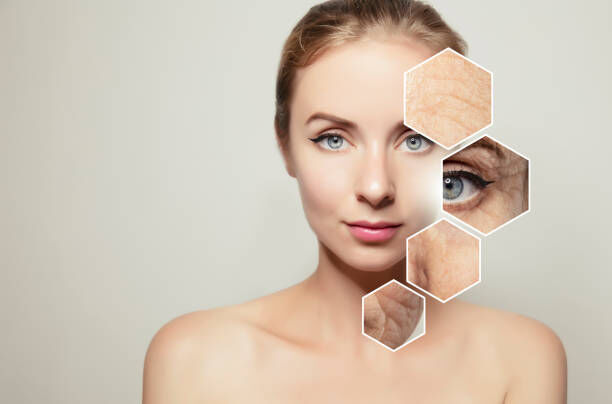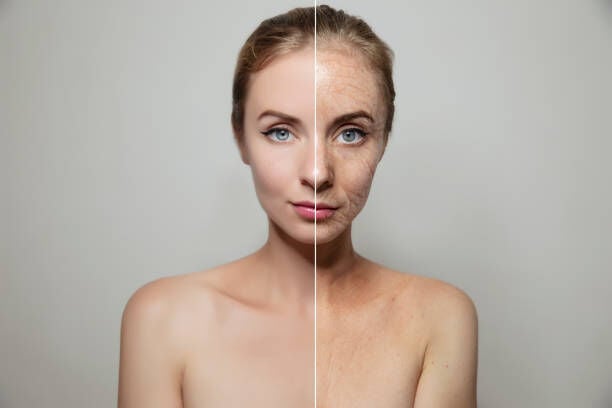
Botox has become a cornerstone of the cosmetic industry, captivating a diverse range of individuals seeking aesthetic enhancements and self-care solutions. While initially celebrated for its ability to smooth fine lines and wrinkles, Botox has progressed into a versatile treatment with applications that extend beyond beauty, including medical uses and preventive care. Its growing popularity reflects a cultural shift toward prioritizing personal wellness and confidence.
However, despite its widespread use, misunderstandings about Botox persist. Misconceptions surrounding its safety, age requirements, and benefits often cloud public perception, making it challenging to separate fact from fiction. Addressing these myths is essential to providing a clearer understanding of this transformative treatment and its potential applications.
Myth #1: Botox is Only for Older Adults
Many may assume that Botox Naperville treatments are designed exclusively for older adults with visible wrinkles and fine lines. This perception overlooks a trend among younger individuals who have begun to embrace Botox as a preventive strategy.
By initiating treatments earlier, these individuals work to stave off the development of deeper wrinkles in the first place. Dermatologists note that starting Botox in the late twenties or early thirties can delay the onset of prominent signs of aging, such as crow's feet, forehead lines, and smile lines. This approach helps maintain a smoother appearance over time and reflects a growing emphasis on proactive, long-term skincare routines.
Myth #2: Botox Leads to a Frozen Face
Many people worry that Botox will make their face look frozen or expressionless. Such worries often stem from media portrayals and anecdotal accounts, which amplify the notion that Botox completely inhibits facial expressions. This belief can dissuade potential clients from considering the treatment.
Proper administration of Botox is a must. When performed by a qualified professional, the treatment selectively targets specific muscles, reducing the appearance of fine lines while preserving natural facial movements. For instance, injection into the glabellar lines (the "11" lines between the eyebrows) softens frown lines without affecting eyebrow mobility. Similarly, treating crow's feet can smooth the skin around the eyes while maintaining a natural smile.
Myth #3: Botox is Unsafe
Concerns about safety often come up when discussing Botox. Misinformation may originate from isolated incidents or dramatic media representations, leaving a lingering apprehension about what Botox entails. Many mistakenly equate cosmetic procedures with high levels of danger, causing unnecessary alarm.
Studies show that Botox is safe when administered by professionals trained in facial anatomy. Approved by the FDA for cosmetic use in 2002, Botox has undergone numerous tests confirming its safety and effectiveness. Following proper guidelines minimizes risks, and side effects like mild bruising or swelling usually disappear quickly. When done in a professional setting, Botox is low-risk for most people.
Myth #4: Botox is Only for Women
Some think Botox is only for women, which reinforces stereotypes about beauty. This notion overlooks a considerable number of men who are embracing Botox for aesthetic purposes. With an increasing awareness of self-care and appearance, men are actively seeking options to enhance their looks.
The rise of male clients seeking Botox reflects a broader understanding of beauty standards.
Dermatologists note that popular areas of treatment for men include the forehead, glabellar lines, and crow's feet. Younger men, in particular, are initiating treatments to achieve a fresher, more youthful appearance. This shift challenges traditional gender norms, encouraging open conversations about self-enhancement for all genders.
Myth #5: Botox Results are Permanent
A widespread belief holds that Botox provides permanent results. In reality, the effects of Botox are temporary, typically lasting between three to six months. Factors such as individual metabolism, the area treated, and the specific product used can influence the duration of results.
Regular follow-up treatments are necessary to sustain the effects achieved through Botox. Clients should be prepared for ongoing sessions to achieve consistency in appearance and prevent the gradual return of wrinkles and fine lines. Dermatologists often recommend scheduling treatments every four months to maintain optimal results.

Clarity about Botox can enrich discussions surrounding its use for cosmetic enhancements. Many individuals appreciate the diverse benefits of this treatment, which spans various age groups and gender identities. Dispelling common myths allows for a more accurate perception, empowering potential clients to explore Botox without apprehension. Knowledge about its temporary effects and the necessity for ongoing treatments cultivates realistic expectations. As more people embrace Botox, expressions of beauty expand, creating an environment where accessible aesthetic options are available to all. This shift in understanding promotes inclusivity, encouraging informed choices in beauty treatments.



Post a comment as Guest
Report
Watch this discussion.
(0) comments
We welcome your comments
Log In
Post a comment as Guest
Keep it Clean. Please avoid obscene, vulgar, lewd, racist or sexually-oriented language.
PLEASE TURN OFF YOUR CAPS LOCK.
Don't Threaten. Threats of harming another person will not be tolerated.
Be Truthful. Don't knowingly lie about anyone or anything.
Be Nice. No racism, sexism or any sort of -ism that is degrading to another person.
Be Proactive. Use the 'Report' link on each comment to let us know of abusive posts.
Share with Us. We'd love to hear eyewitness accounts, the history behind an article.